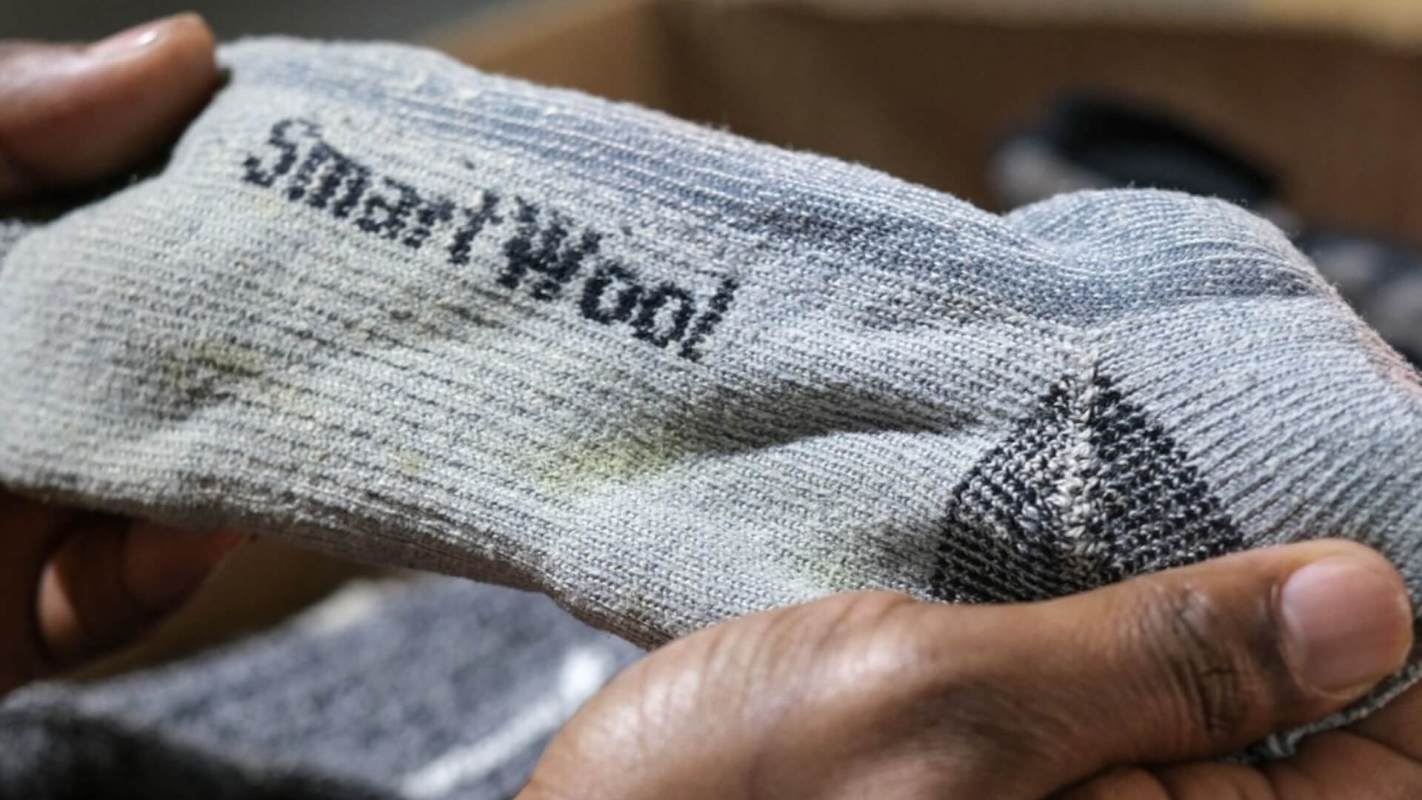Love wearing sweatpants or socks until they completely fall apart? According to textile waste aggregator Material Return, it turns out they've got life even after you're done wearing them.
The company is helping to make the fashion industry more circular with textile waste. It says it's already diverted nearly two million pounds of textiles from landfills.
What is Material Return?
Material Return's focus is right there in its name — it's taking back used or leftover materials and turning them into new ones in a bid to support the fashion industry's circularity goals.
The company works with brands across the country to collect post-production and post-consumer textile waste. It creates new materials from fiber to fabric using a proprietary technology and network of textile experts.
Everything is recycled within 75 miles of Material Return's North Carolina headquarters in a model it says benefits the environment, local economies, its workers, and its values-aligned clients.
It offers several services including waste aggregation and sorting to divert textiles from landfill, research and development to create products and fibers fit to re-enter the supply chain, and custom fiber production — turning fiber fill, non-woven products, yarns, and custom fabrics from brands' waste to match production portfolios.
Waste is tracked through the production process so that customers have tangible metrics for their circularity goals.
How does Material Return work?
Material Return accepts a range of garments and materials including socks, knit garments, t-shirts, and denim made from cotton, polyester, wool, hemp, and acrylic. It will also take some Spandex, rayon, and nylon if it meets certain criteria. It does not take leather or vinyl.
Items containing metal or plastic hardware (buttons, snaps, zippers) cannot be upcycled into new circular higher-quality blends, but they can be downcycled into lower-quality fiber or insulation, the company says.
Companies need to pre-sort items by material before sending them to Material Return, and it takes care of the rest. To learn more about its minimum requirements, Material Return recommends contacting its customer service for details.
For consumers, Material Return takes socks via the Smartwool Second Cut Project, but it does not accept other apparel from individuals just yet.
Why does Material Return matter?
Fashion trends come and go, but the materials can outlast them all through upcycling and downcycling. And that's important because from production to end of life, the fashion industry produces 20% of the world's wastewater and 10% of global greenhouse gas emissions.
The average U.S. consumer throws away more than 80 pounds of textile waste every year — amounting to more than 11 million tons of textile waste. Material Return looks at those numbers with optimism, though. It says on its website, "where some see problems, we see opportunity."
Want more? Follow The Cool Down on Instagram and join our Weekly Newsletter for cool stories and easy tips that save you money, time, and our planet.








